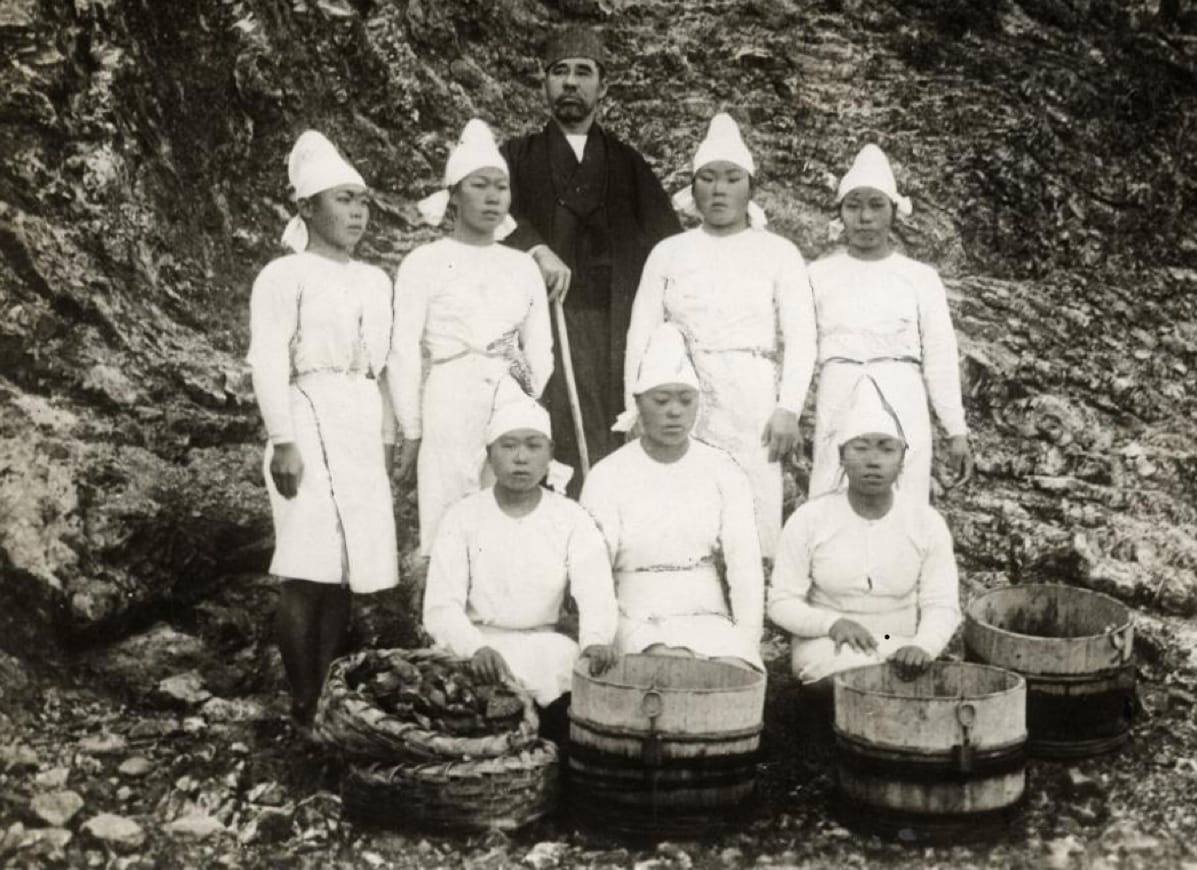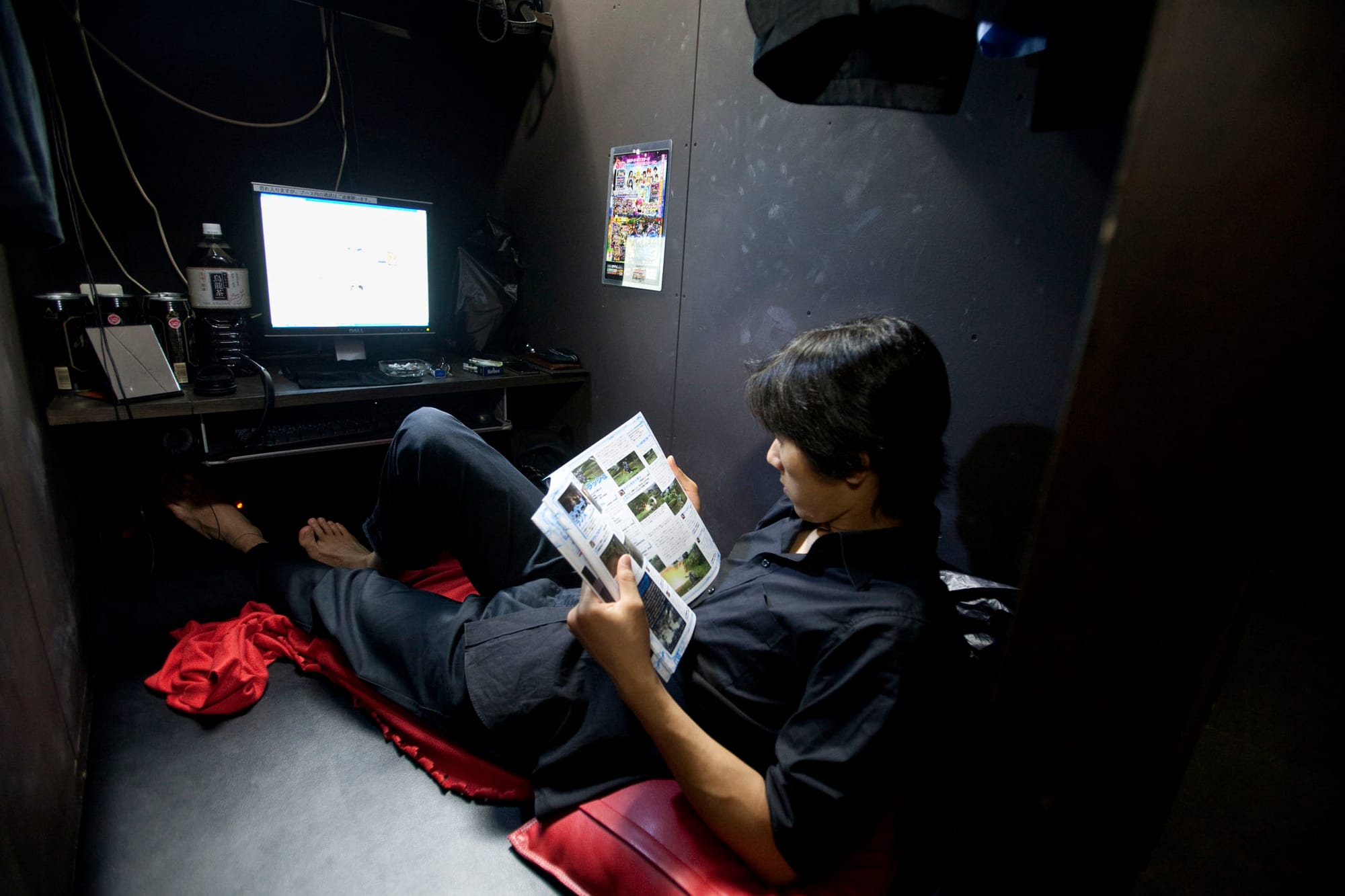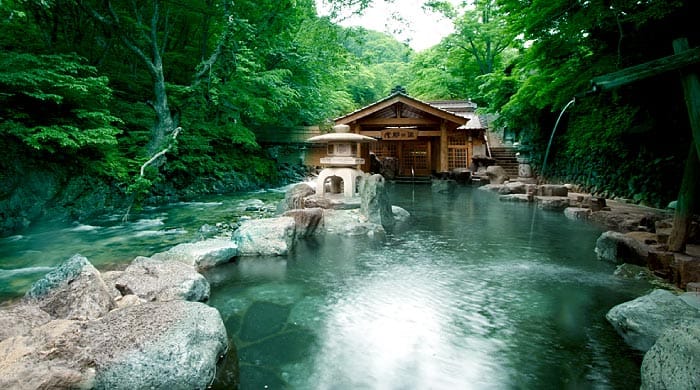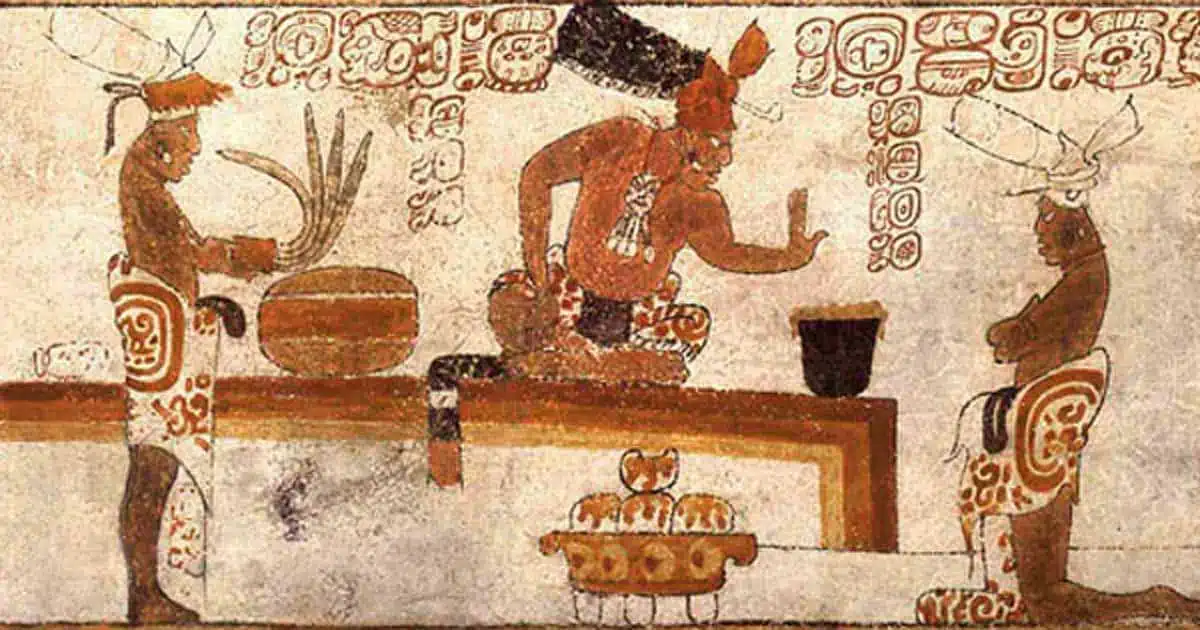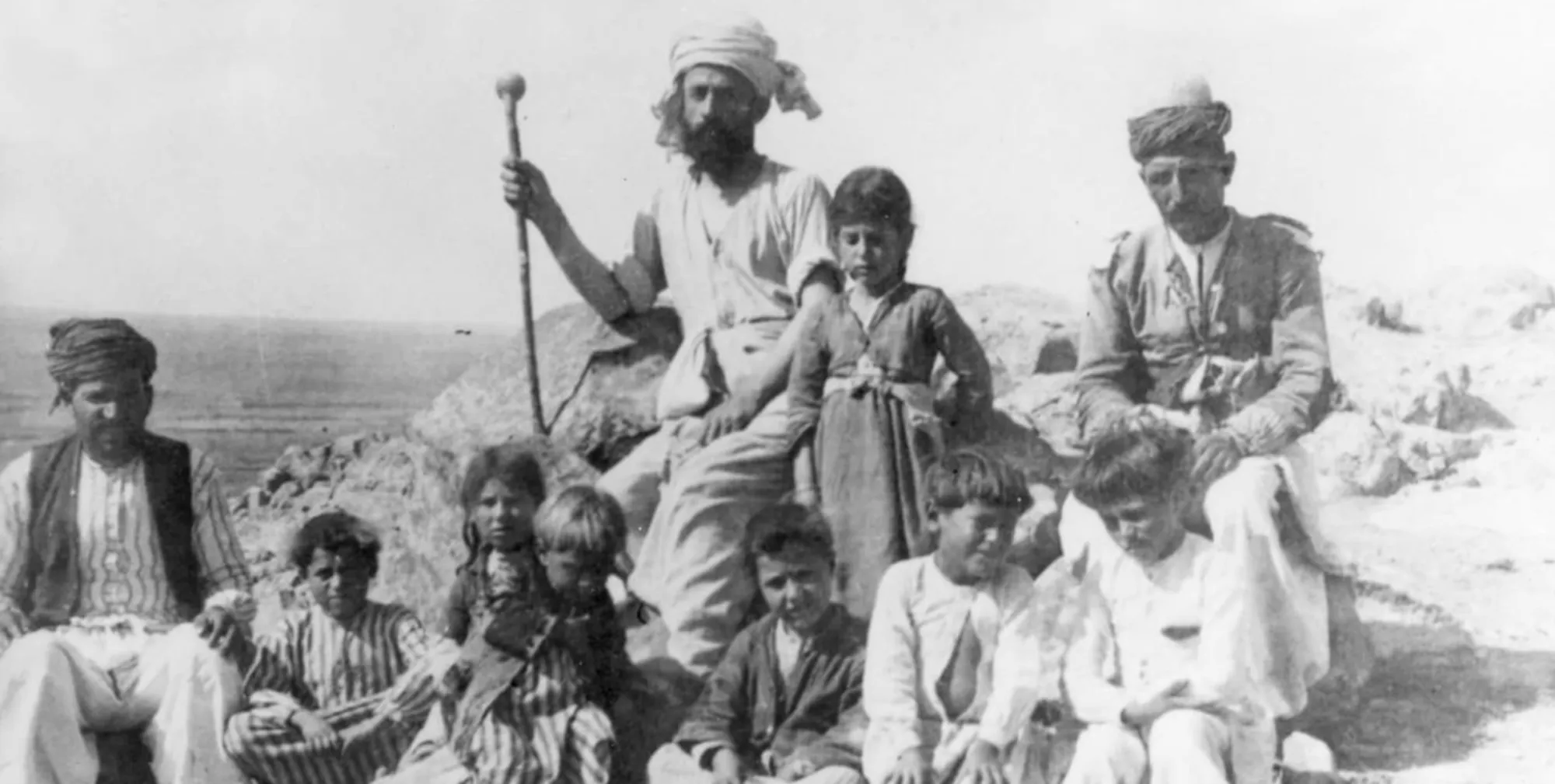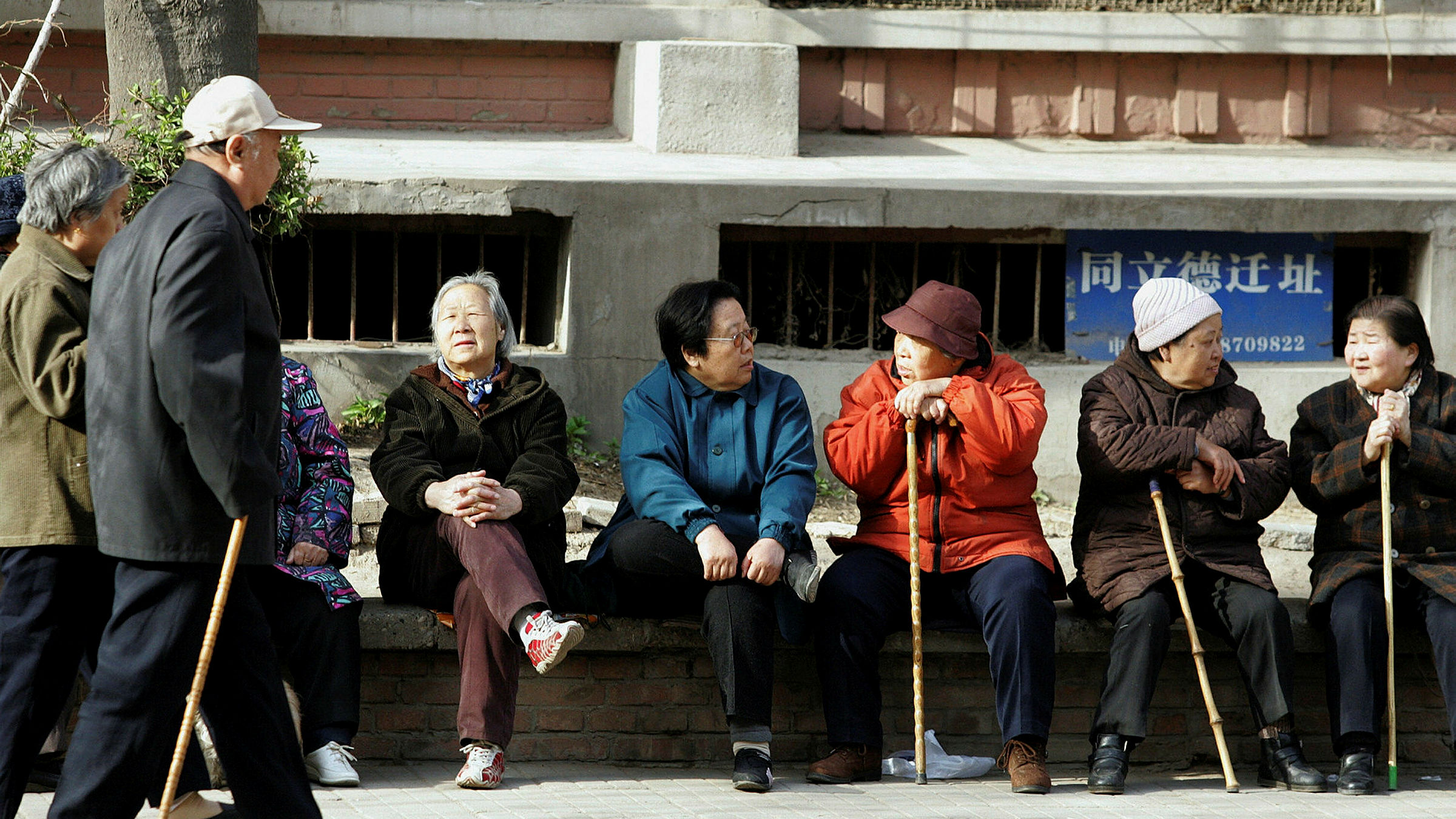The relationship with the sea is unique to many of the Japanese people, with their cultures and lifestyles intertwined with the ways of the ocean. Whilst the sea is significant to Japan on a national scale, it is important to highlight the impact and significance it has in many ordinary people's lives. Therefore, as there are a plethora of groups and individuals directly involved with the sea in Japan, I am writing about two particular cultures which paint a very clear picture of what the sea truly means to the Japanese people.
Ama (海女)
The Ama (海女), or sea women, are female Japanese free divers famous for collecting pearls and seafood. Records of the Ama Divers date back to AD 927 in the Heian Period, where they were known to dive for seafood and were often honoured with the task of finding abalone, a rare mollusk, for shrines and emperors.
Traditionally, the Ama are very superstitious and wear all white as a symbol of purity and also possibly to ward off sharks. However, “The garments of the Ama have changed throughout time, from the original loincloth to the white sheer garbs and eventually to the modern diving wetsuit.” (Ama (diving), n.d.) Still, the Ama have always worn headscarves, adorned with symbols such as the Seiman and Douman, bringing luck to the divers and warding off evil. “The Ama are also known to create small shrines near their diving location where they will visit after diving in order to thank the gods for their safe return.” (Ama (diving), n.d.)
The Ama are perfect reflections of resilience, discipline, and physical capability. These female divers are more suited than men to their profession, since their distribution of body fat is more appropriate for the harsh conditions of the deeper waters, such as cold temperatures and high pressures. They begin diving between the ages of 12-13, mentored by an elder Ama, and most continue until their 70s and are rumoured to live longer after that due to their training and discipline. They dive to depths of up to 60ft, without scuba equipment, and they practice a very unique breathing technique that entails releasing air in a long whistle once they resurface from a dive.
The culture has developed throughout history: in the past the sea women would predominantly dive for seafood such as abalone and wakame (seaweed); now they are well known as pearl divers and have become significant tourist attractions in Ise Shima and the Mikimoto Pearl Island. While their work is certainly arduous and extremely challenging, the best Ama are rewarded for their efforts. On average, an experienced diver will make around $500 per ninety minutes of diving, and the best will make up to $1000. However, the numbers of Ama are declining: “In the 1940s, 6,000 Ama were reported active along the coasts of Japan, while today Ama practice at numbers more along the scale of 60 or 70 divers in a generation.” (Ama (diving), n.d.) These sea women are truly one of Japan’s cultural treasures, representing the entire country’s connection to the sea as people who spend most of their lives in the ocean, braving the waters and profiting from them.
Sea Lords (海賊 or 水軍?)
The Japanese Sea Lords of the 15th and 16th centuries were linked to the sea in a completely different way to the Ama. These mafiosi-type figures demonstrate how important the waters surrounding Japan were in terms of dictating the power of the leading families in the country. Japan’s maritime history is not wholesome in all cases; the sea was, in fact, taken advantage of and used as a means of dominion, such as these ‘kaizoku’ or pirates will show.
The sea lords were just as important to Medieval Japan as the Samurai, Shogun or Daimyo. For two centuries, nearly everything that made its way into or out of Japan had to go through them. They held immense political influence and aided Japan’s integration into the early world economy. However, “during their reign, they were called pirates, bandits, smugglers.” (PBS, 23)
Japan’s islands are linked together by sea lanes, the most vital of these being the Seto Inland Sea which connects Kyoto to the Western islands and the rest of Asia. Ships carrying goods such as “silk, salt, fish, indigo and rice”(PBS, 23) would have to deal with many natural dangers such as fierce tides and shallow reefs. However, the greatest threat of all was a human one, pirates. While today, the navy is able to protect maritime highways with their imports and exports, between the 14th and 16th centuries, a lack of security allowed for enterprising sea lords to take advantage of vulnerable mariners. “They created toll barriers and charged for entry in their zones of control.” (PBS, 23) They would also offer protection of merchant vessels in return for rewards.
During the Sengoke Jidai (the warring states period) from 1467-1600, ruling families were wrestling for power. As a means of increasing their influence and power, many landowners rebranded to full scale operators along the shores, with “loyal bands of followers” comprised of “local sea merchants, naval mercenaries and expert navigators.” The autonomy and grandness of their operations skyrocketed, as they constructed colossal floating empires on the sea; these were castle ships with intricate designs that were both intimidating and heavily protected. They took pleasure in “aristocratic art forms,” (PBS, 23)and both men and women were involved in all echelons of the sea lord enterprise. Sea lords were hired as private navies by the rich landlubbers to fight sea battles and protect foreign envoys.
While it was incredibly difficult to protect one’s honour and reputation with such a profession, the sea lords became so powerful that some developed respectable and significant family names. One such family is the Noshima Murakami sea lords who were ruled by Takeyoshi Noshima Murakami. Takeyoshi is Japan’s greatest ever sea lord. He would work together with the ruling elites on land, earning money to battle pirates, protecting the elites’ trade. However, in most cases, the so-called pirates would also be under his command. The Noshima Murakami sea lords changed sides at least 10 times during Takeyoshi’s reign and “in some instances fought for multiple sides in the same conflict.” (PBS, 23) His political schemes and tactics were marvellously strategic, marrying other sea lord families into his and creating a maritime empire, reflected on a single flag. A Portuguese missionary from the 16th century recorded the power of the Noshima Murakami symbol that was found on every floating signpost in the region and whose flag any ship entering the area had to wear. If they did not do this, they were threatened with violence.
Despite his family’s corrupt, fear-mongering rule, Takeyoshi eventually oversaw the transformation of his family from “autonomous sea lords into vassals or landholders who have pledged allegiance to feudal lords in Japan’s new, early modern regimes.” (PBS, 23) His descendants have worked to rewrite Takeyoshi’s reputation with many scholars and dress the Noshima Murakami family as ‘Suigun’ (loyal naval vassals).
These outlaws played a huge part in shaping modern Japan and demonstrate how the seas presented a wealth of opportunity in the form of power, prosperity, and influence to the people of Japan, emphasising their importance in the nation’s history.
